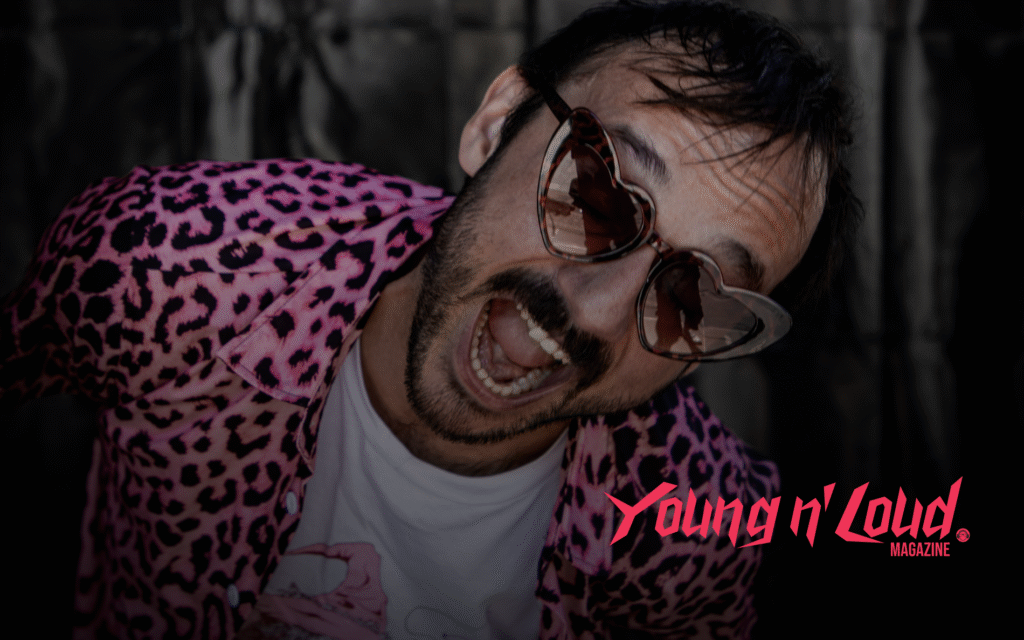Now Reading: France Marks the 10-Year Anniversary of the Bataclan Massacre
-
01
France Marks the 10-Year Anniversary of the Bataclan Massacre
France Marks the 10-Year Anniversary of the Bataclan Massacre


Photo Credit: Emmanuel Macron (X/Twitter)
Ten years after the horrific massacre at Paris’ Bataclan concert hall, France is still deeply impacted by the attacks.
It’s been a decade since the coordinated attacks on November 13, 2015, which turned Paris into a cacophony of gunfire, explosions, and bloodshed. The attacks—France’s deadliest during peacetime—killed 132 people, including two survivors who later died by suicide, while hundreds more were wounded. Many have described the massacre as France’s 9/11.
On Thursday, President Emmanuel Macron and First Lady Brigitte Macron stood beside Sophie Dias for a wreath-laying and a moment of silent remembrance in the first of many tributes during the day at the places where Islamic State extremists hit a soccer match, neighborhood cafes, and a rock concert within minutes of one another. Dias, whose father became the first person killed in the attacks outside the Stade de France, spoke at the stadium gate where he was killed.
“We are told to turn the page,” she said. “But the absence is immense, the shock is intact, and the incomprehension remains. I’d like to know why; I’d like to understand. I’d like these attacks to stop.”
“Ten years, the pain remains,” Macron wrote on social media, adding that France remembers “the lives cut short, the wounded, the families, and the loved ones.” President Macron has traveled from Saint-Denis to each attack site in sequence: the Carillon and Petit Cambodge cafes in the 10th arrondissement; La Bonne Biere, Le Comptoir Voltaire, and La Belle Equipe in the 11th; and the Bataclan, where 90 people were killed.
On Friday, November 13, 2015, nine gunmen and suicide bombers struck within minutes of one another, first with suicide bombers detonating outside the Stade the France, then gunmen spraying bullets across cafe terraces, and three attackers storming the Bataclan. Over the three hours, 130 people were killed, while two survivors later died by suicide and have since been recognized among the victims, for a total of 132.
In 2022, a 10-month trial ended with life imprisonment without parole for Salah Abdeslam, the only surviving assailant, and convictions for 19 others. Since the massacre, France has built an expansive system of remembrance, with books, documentaries, plaques, and memorials across Paris.






















